38 label a prokaryotic cell
Eukaryotic Cell - The Definitive Guide | Biology Dictionary The difference between a eukaryotic cell and a prokaryotic cell is simple: eukaryotic cells have membrane-bound organelles. Within a prokaryotic cell (such as a bacteria) the DNA simply floats around the cytoplasm. While prokaryotic cells do have one type of organelle (ribosomes), these organelles are not covered in a plasma membrane. Can you label the structures of a prokaryotic cell? Drag the labels to ... The structures of the prokaryotic cell can be labeled as follows: The structure labeled a is the pilus (plural, pili) The structure labeled b is the cytoplasm The structure labeled c is the plasma membrane The structure labeled d is the cell wall The structure labeled e is the capsule The structure labeled f is the flagella (singular, flagellum)
Solved Label the structures of the prokaryotic cell in the - Chegg Label the structures of the prokaryotic cell in the figure below. Show transcribed image text Expert Answer. Who are the experts? Experts are tested by Chegg as specialists in their subject area. We review their content and use your feedback to keep the quality high. 100% (9 ratings)

Label a prokaryotic cell
Prokaryotic Cell - Definition, Examples & Structure - Biology Dictionary A prokaryotic cell is a type of cell that does not have a true nucleus or membrane-bound organelles. Organisms within the domains Bacteria and Archaea are based on the prokaryotic cell, while all other forms of life are eukaryotic. However, organisms with prokaryotic cells are very abundant and make up much of Earth's biomass. PDF Prokaryotic Cell Structure & Function - Anoka-Hennepin School District 11 Prokaryotes-CellShapes Most bacteria are classifies according to shape: 1. bacillus (pl. bacilli)= rod-shaped 2. coccus(pl. cocci… sounds like cox-eye)= spherical 3. spiral shaped a. spirillum(pl. spirilla) = spiral with rigid cell wall, flagella b. spirochete(pl. spirochetes)= spiral with flexible cell wall, axial filament 22.2A: Basic Structures of Prokaryotic Cells - Biology LibreTexts Figure 22.2 A. 1: Prokaryotic cell structure: The features of a typical prokaryotic cell are shown. The composition of the cell wall differs significantly between the domains Bacteria and Archaea, the two domains of life into which prokaryotes are divided. The composition of their cell walls also differs from the eukaryotic cell walls found in ...
Label a prokaryotic cell. Label the Parts of a Prokaryotic Cell - Printable - PurposeGames.com This is a printable worksheet made from a PurposeGames Quiz. To play the game online, visit Label the Parts of a Prokaryotic Cell Download Printable Worksheet Please note! You can modify the printable worksheet to your liking before downloading. Download Worksheet Include correct answers on separate page About this Worksheet Prokaryotic Cells - Visible Body Prokaryotic cells comprise bacteria and archaea. Their genetic material isn't stored within a membrane-bound nucleus. Instead, it is stored in a nucleoid that floats in the cell's cytoplasm. Prokaryotic cells are normally smaller than eukaryotic cells, with a typical size range of 0.1 to 5 μm in diameter. Prokaryotic Cells Quiz - ProProfs Quiz Welcome to this unique "Prokaryotic Cells Quiz" that is going to test your knowledge about prokaryotic cells. Prokaryotic cells are unicellular organisms that lack a membrane-bound nucleus, mitochondria, or any other membrane-bound organelle. They are divided into two domains; Archaea and Bacteria. What do you know about this particular organism? Prokaryotic Cells- Definition, Structure, Characteristics, and ... - BYJUS Prokaryotic cells are single-celled microorganisms known to be the earliest on earth. Prokaryotes include Bacteria and Archaea. The photosynthetic prokaryotes include cyanobacteria that perform photosynthesis. A prokaryotic cell consists of a single membrane and therefore, all the reactions occur within the cytoplasm.
Difference between Prokaryotic and Eukaryotic Cells - BYJUS The defining characteristic feature that distinguishes between prokaryotic and eukaryotic cell is the nucleus. In prokaryotic cells, the true nucleus is absent, moreover, membrane-bound organelles are present only in eukaryotic cells. Another major difference between prokaryotic and eukaryotic cells is that prokaryotic cells are exclusively ... Prokaryotic cells (article) | Khan Academy Cell size. Typical prokaryotic cells range from 0.1 to 5.0 micrometers (μm) in diameter and are significantly smaller than eukaryotic cells, which usually have diameters ranging from 10 to 100 μm. The figure below shows the sizes of prokaryotic, bacterial, and eukaryotic, plant and animal, cells as well as other molecules and organisms on a ... Label the prokaryotic cell Quiz - PurposeGames.com This is an online quiz called Label the prokaryotic cell There is a printable worksheet available for download here so you can take the quiz with pen and paper. Your Skills & Rank Total Points 0 Get started! Today's Rank -- 0 Today 's Points One of us! Game Points 8 You need to get 100% to score the 8 points available Actions Prokaryotic Cells: Structure, Function, and Definition - ThoughtCo Prokaryotes are single-celled organisms that are the earliest and most primitive forms of life on earth. As organized in the Three Domain System, prokaryotes include bacteria and archaeans. Some prokaryotes, such as cyanobacteria, are photosynthetic organisms and are capable of photosynthesis .
Prokaryotes vs Eukaryotes: What Are the Key Differences? IB Biology Notes - 2.2 Prokaryotic cells - IB Guides IB Biology Notes - 2.2 Prokaryotic cells Prokaryotic cells 2.2.1 Draw and label a diagram of the ultrastructure of Escherichia coli (E. coli) as an example of a prokaryote. 2.2.2 Annotate the diagram from 2.2.1 with the functions of each named structure. Cell wall: Protects the cell from the outside environment and maintains the shape of the cell. draw a prokaryotic cell and label it - jamesvanderbeekreligion Label all the organelles and structures present in a typical prokaryotic cell. It has Singular Chromosome membrane bound organelles are absent and its nuclear region is not very well defined. Image shown above is the diagram for prokaryotic cell with label HardikSharma1672 HardikSharma1672. Draw an image of a Prokaryotic cell in the space below. Prokaryotic cell to label - Labelled diagram - Wordwall Verbind ieder label met de juiste plek in de afbeelding.. nucleoid region, pili, ribosomes, flagellum, plasmid, cytoplasm, plasma membrane, cell wall, capsule.
A Labeled Diagram of the Animal Cell and its Organelles A Labeled Diagram of the Animal Cell and its Organelles. There are two types of cells - Prokaryotic and Eucaryotic. Eukaryotic cells are larger, more complex, and have evolved more recently than prokaryotes. Where, prokaryotes are just bacteria and archaea, eukaryotes are literally everything else. From amoebae to earthworms to mushrooms, grass ...
SOLVED:Label the parts of the prokaryotic cell. - Numerade Label the parts of the prokaryotic cell. Answer A. Pili B. Ribosomes C. Nucleoid D. Flagella E. Cell wall F. Cell membrane View Answer Discussion You must be signed in to discuss. Watch More Solved Questions in Chapter 3 Problem 1 Problem 2 Problem 3 Problem 4 Problem 5 Problem 6 Problem 7 Problem 8 Problem 9 Problem 10 Problem 11 Problem 12
prokaryotic cell diagram worksheet 12 Best Images Of Animal Cell Labeling Worksheet - Label Animal Cell. . cell animal diagram drawing simple plant label coloring labeling worksheet blank labels labeled paintingvalley worksheeto crossword puzzle explore worksheets create.
Solved: Label the parts of the prokaryotic cell. Label ... | Chegg.com Label the parts of the prokaryotic cell. Step-by-step solution Step 1 of 4 Cells without the presence of nucleus are called prokaryocytes (Greek: pro, before and karyon, nucleus). Chapter 3, Problem 42CT is solved. View this answer View a sample solution Step 2 of 4 Step 3 of 4 Step 4 of 4 Back to top Corresponding textbook
Label the Structures of the Prokaryotic Cell Diagram | Quizlet Label the Structures of the Prokaryotic Cell + − Learn Test Match Created by soccerplaya209 PLUS Terms in this set (7) Nucleoid ... Plasmid ... Cytoplasm ... Cell Wall ... Plasma Membrane ... Capsule ... Ribosome ... 47 terms AEDoughty 83 terms autumn_blaylock3 48 terms nicholes84 Eukaryotic Cell Label 18 terms TBoyett1013
The Structure of Prokaryote and Eukaryote Cells - CliffsNotes
Prokaryotic Cell: Definition, Functions, Diagram, Examples - Embibe Exams All prokaryotic cell shares four common components:- 1. Plasma Membrane - It refers to the outer membrane which separates the inner environment from the external environment. It is a thin lipid bilayer. It is selectively permeable. 2. Cytoplasm - It refers to the fluid found inside the plasma membrane which constitutes a few cell organelles. 3.
Prokaryotic Cell Parts, Functions & Diagram - Science Prof Online Prokaryotic cells are much simpler than the more evolutionarily advanced eukaryotic cell . Whereas eukaryotic cells have many different functional compartments, divided by membranes, prokaryotes only have one membrane (the plasma membrane) enclosing all of the cell's internal contents.
2,455 Prokaryotic cell Images, Stock Photos & Vectors - Shutterstock Find Prokaryotic cell stock images in HD and millions of other royalty-free stock photos, illustrations and vectors in the Shutterstock collection. Thousands of new, high-quality pictures added every day.
Labeling the Prokaryotic Cell Flashcards | Quizlet Prokaryotic Cell Capsule A sticky layer that surrounds the cell walls of some bacteria, protecting the cell surface and sometimes helping to glue the cell to surfaces. Cell Wall A rigid layer of nonliving material that surrounds the cells of plants and some other organisms. Plasma Membrane
2.3: Prokaryotic and Eukaryotic Cells - Biology LibreTexts Two Types of Cells. There is another basic cell structure that is present in many but not all living cells: the nucleus. The nucleus of a cell is a structure in the cytoplasm that is surrounded by a membrane (the nuclear membrane) and contains, and protects, most of the cell's DNA. Based on whether they have a nucleus, there are two basic types of cells: prokaryotic cells and eukaryotic cells.
labeling prokaryotes and eukaryotes - TeachersPayTeachers This worksheet could be used as an informal or formal assessment of students labeling the organelles within the animal and plant cells. The final task of this worksheet consists of comparing and contrasting the two main types of cells (eukaryotes vs. prokaryotes) Subjects: Biology, General Science, Science.
The Structure of Prokaryotes | Biology for Majors II - Lumen Learning A prokaryotic cell is a simple, single-celled (unicellular) organism that lacks a nucleus, or any other membrane-bound organelle. Prokaryotic DNA is found in the central part of the cell: a darkened region called the nucleoid (Figure 2). Some prokaryotes have flagella, pili, or fimbriae. Flagella are used for locomotion, while most pili are ...
22.2A: Basic Structures of Prokaryotic Cells - Biology LibreTexts Figure 22.2 A. 1: Prokaryotic cell structure: The features of a typical prokaryotic cell are shown. The composition of the cell wall differs significantly between the domains Bacteria and Archaea, the two domains of life into which prokaryotes are divided. The composition of their cell walls also differs from the eukaryotic cell walls found in ...
PDF Prokaryotic Cell Structure & Function - Anoka-Hennepin School District 11 Prokaryotes-CellShapes Most bacteria are classifies according to shape: 1. bacillus (pl. bacilli)= rod-shaped 2. coccus(pl. cocci… sounds like cox-eye)= spherical 3. spiral shaped a. spirillum(pl. spirilla) = spiral with rigid cell wall, flagella b. spirochete(pl. spirochetes)= spiral with flexible cell wall, axial filament
Prokaryotic Cell - Definition, Examples & Structure - Biology Dictionary A prokaryotic cell is a type of cell that does not have a true nucleus or membrane-bound organelles. Organisms within the domains Bacteria and Archaea are based on the prokaryotic cell, while all other forms of life are eukaryotic. However, organisms with prokaryotic cells are very abundant and make up much of Earth's biomass.


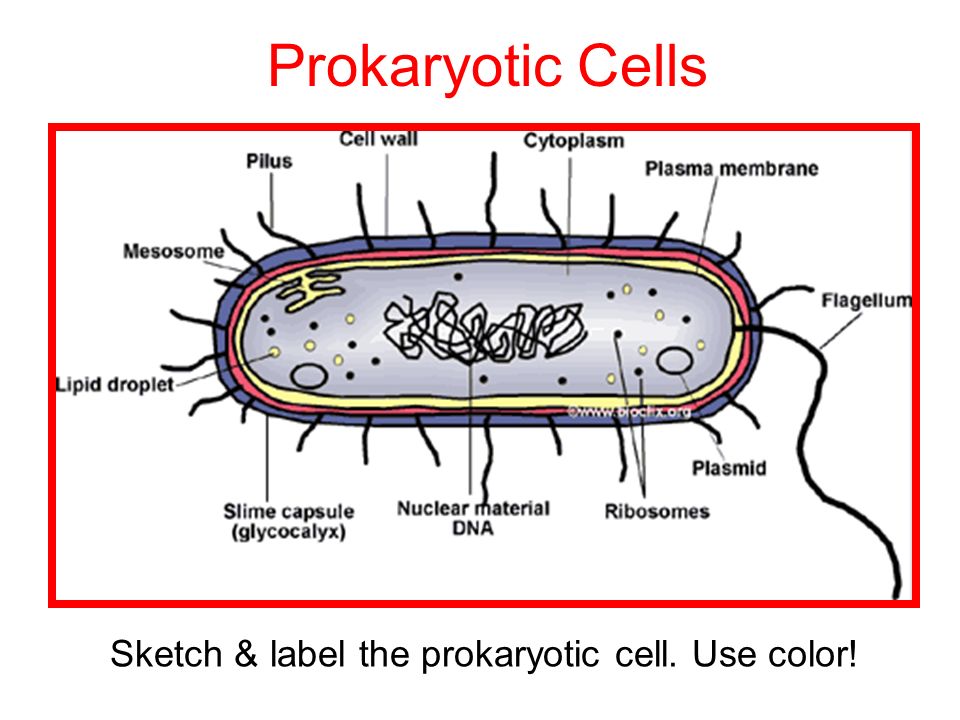
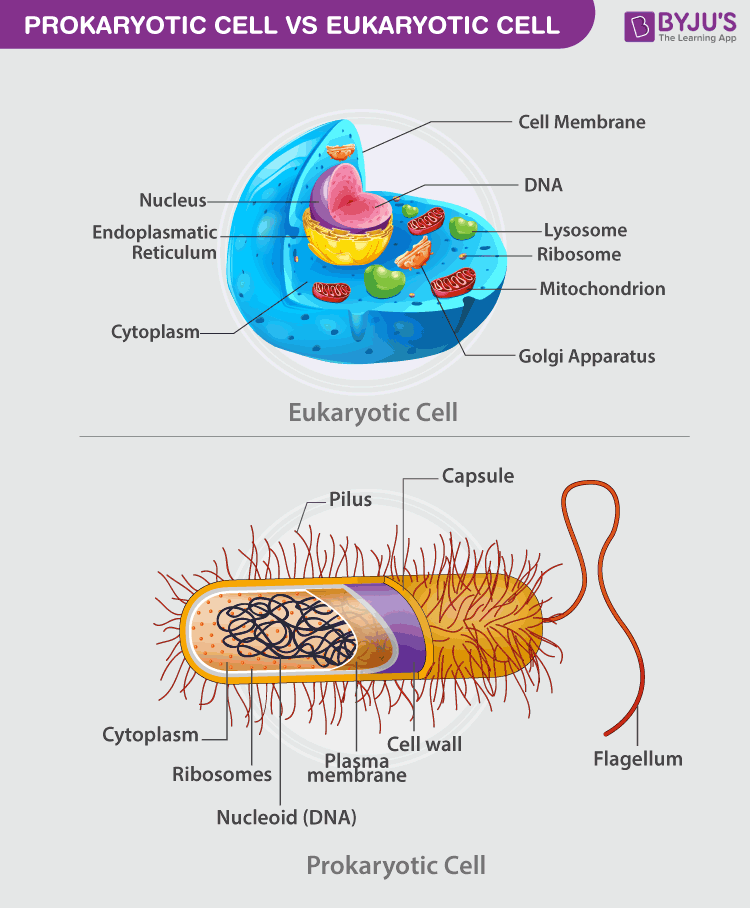

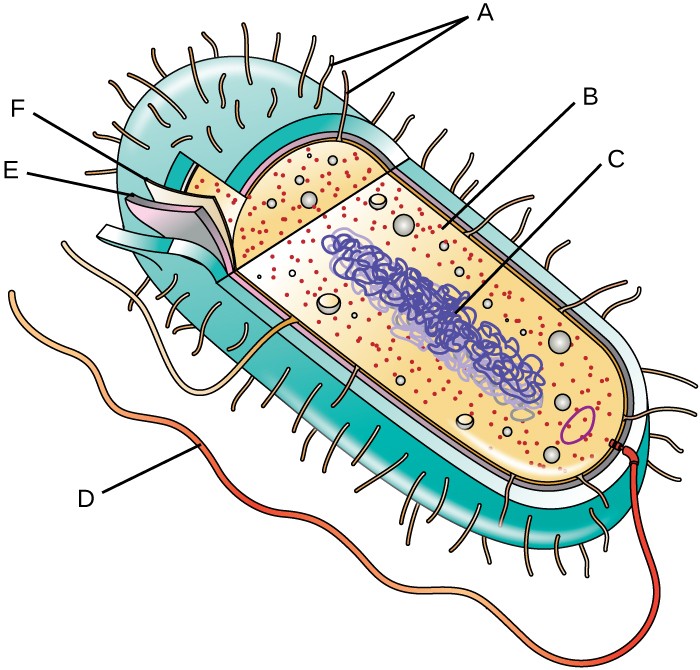

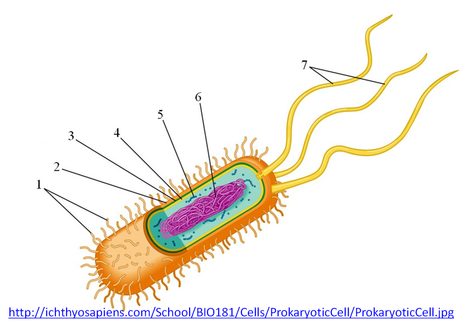

:max_bytes(150000):strip_icc()/bacteria_cell_drawing-5786db0a5f9b5831b54f017c.jpg)

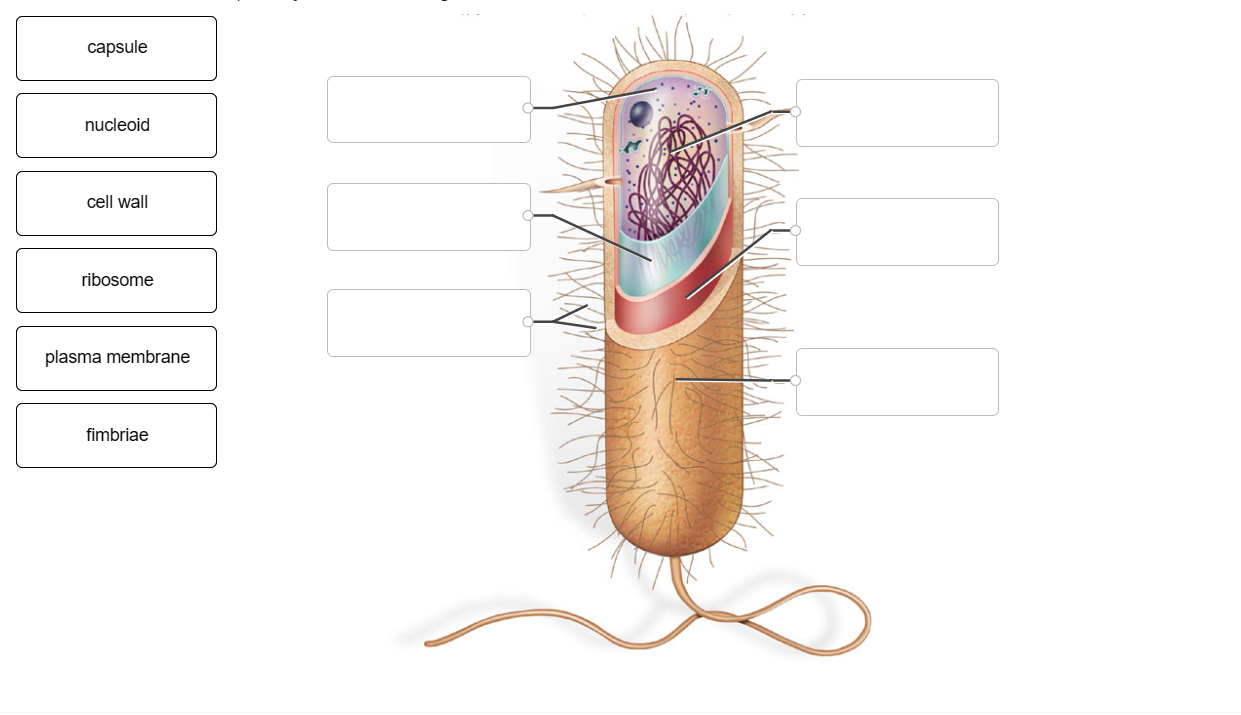


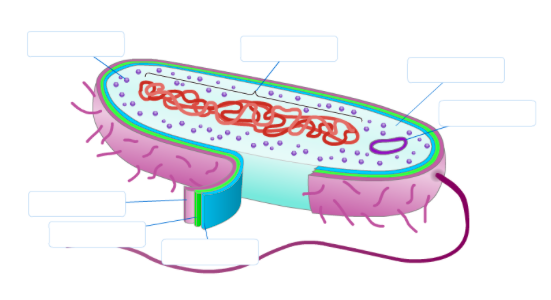

:max_bytes(150000):strip_icc()/what-are-prokaryotes-and-eukaryotes-129478-v41-5b69b4c546e0fb0025628d06.png)

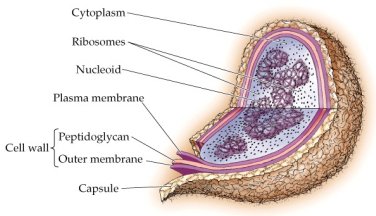

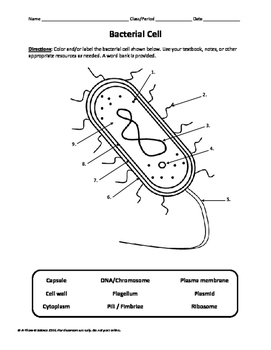



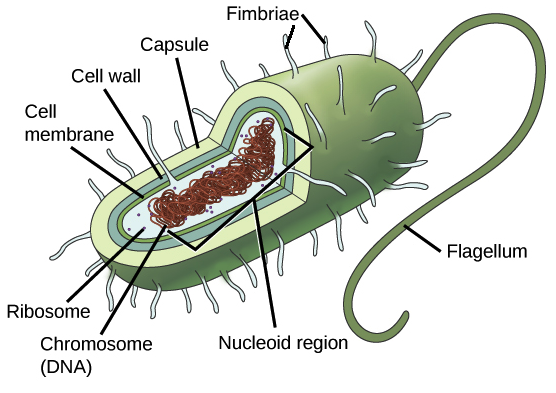
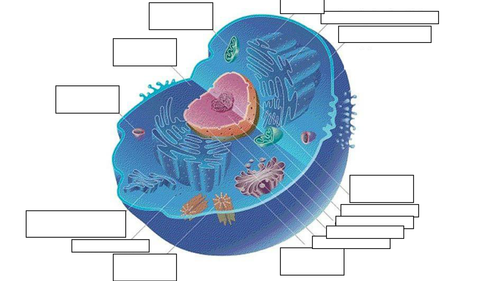


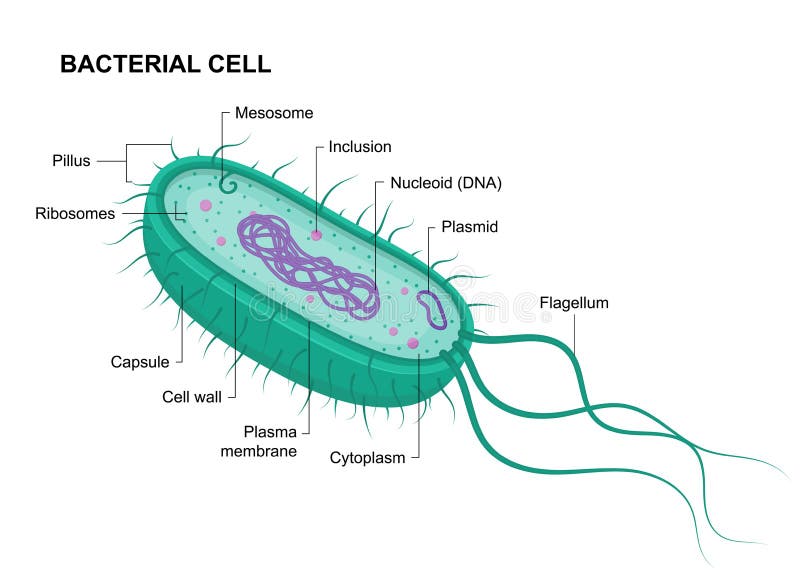

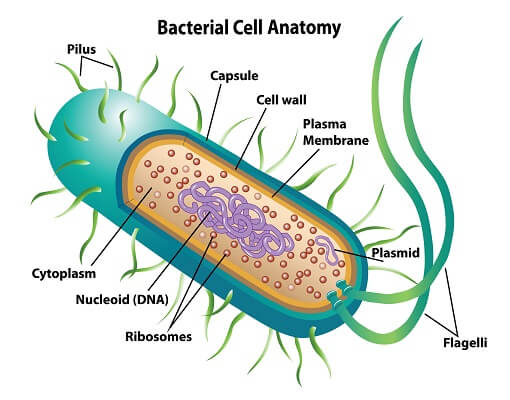
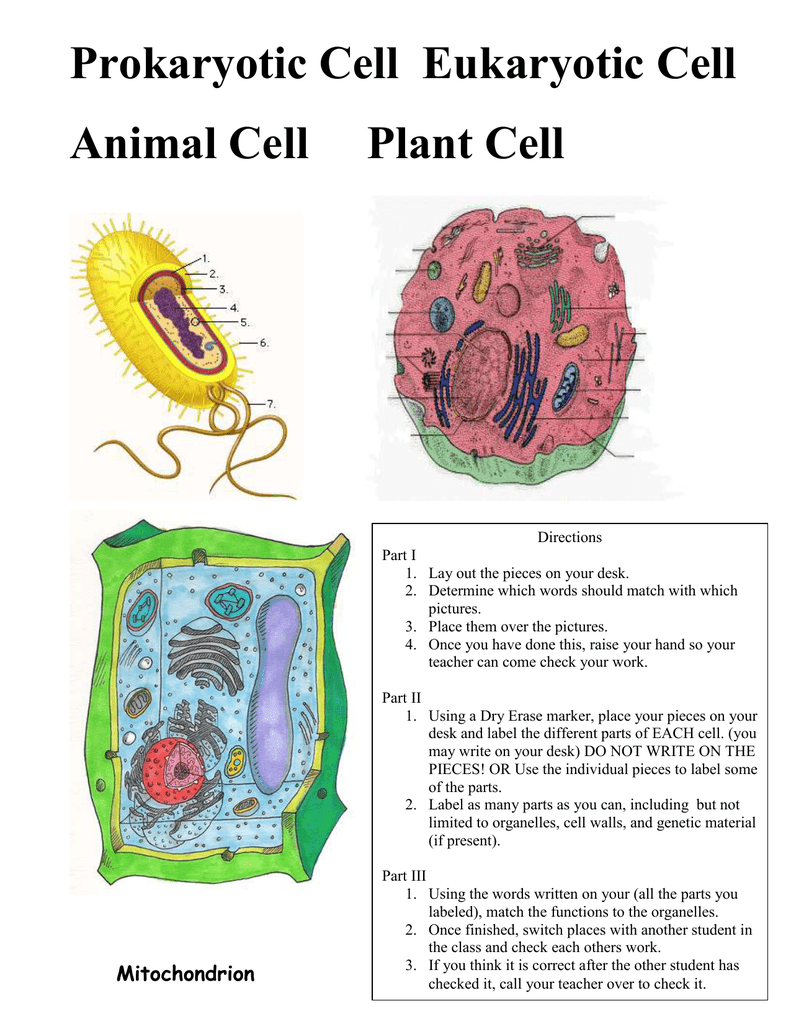
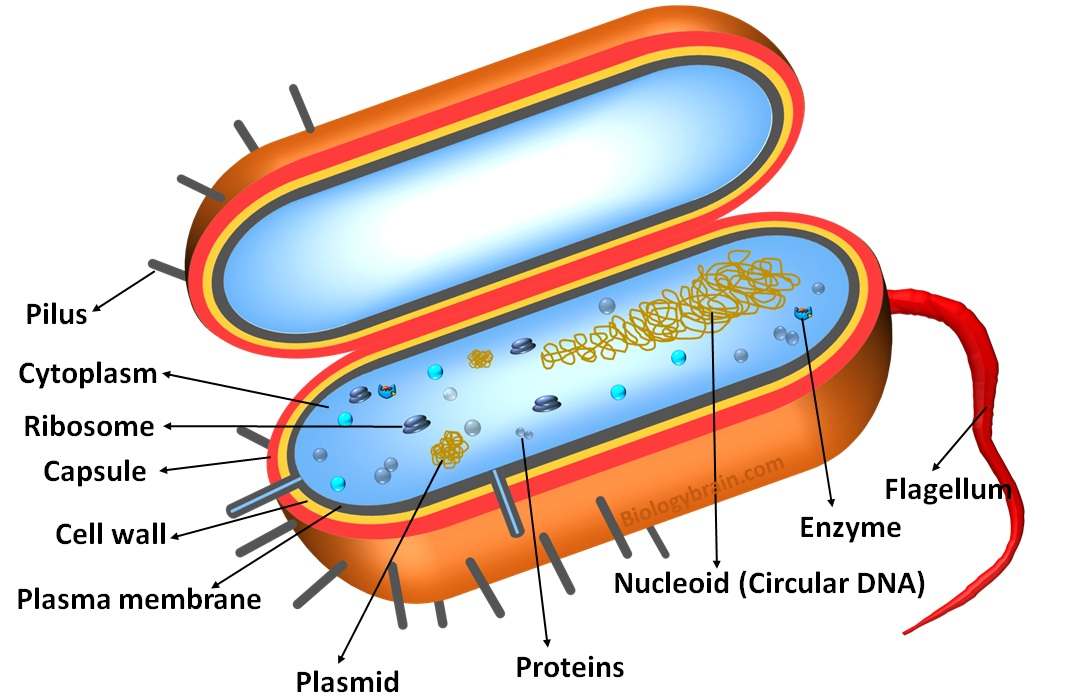
Post a Comment for "38 label a prokaryotic cell"